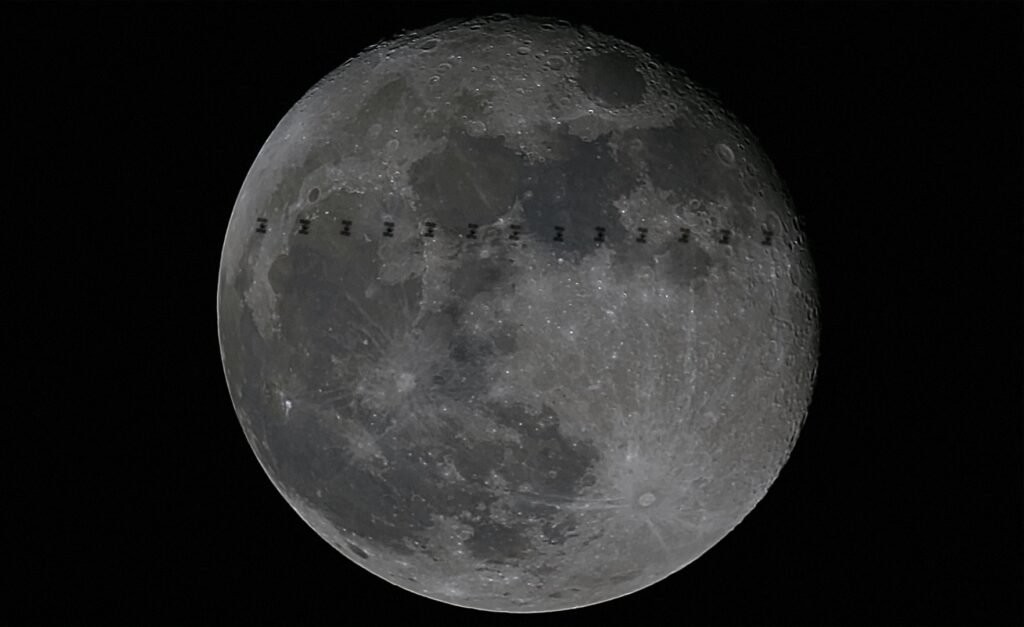Imagine standing on the lunar surface, surrounded by the eternal silence of space, when suddenly the ground beneath your feet begins to tremble. No atmosphere to carry sound, no birds to flee in panic, just the eerie sensation of solid rock shifting in the cosmic void. This is the reality of moonquakes – seismic events that shake our celestial neighbor in ways that would leave any earthquake scientist both fascinated and puzzled.
The Fundamental Physics Behind Seismic Activity
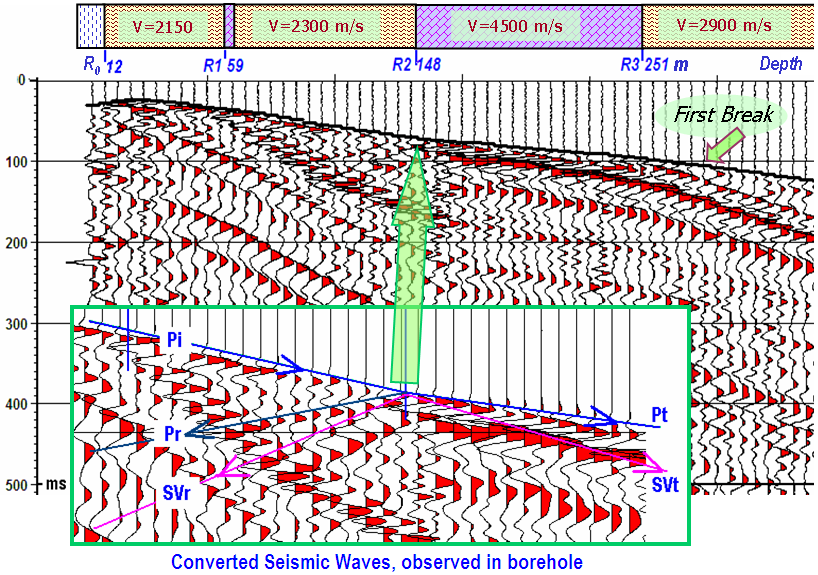
When we talk about seismic activity, we’re essentially discussing how energy moves through solid materials. On Earth, this energy typically comes from tectonic plate movements, volcanic activity, or human-induced vibrations. The energy travels through our planet’s complex layered structure, creating the familiar waves we associate with earthquakes.
The Moon operates under completely different physical conditions. Without tectonic plates grinding against each other, moonquakes originate from entirely different sources. The lunar surface experiences thermal expansion and contraction as it cycles between the extreme temperatures of lunar day and night. This creates stress within the Moon’s crust that eventually releases as seismic energy.
Tidal Forces: The Moon’s Unique Seismic Trigger

Earth’s gravitational pull creates one of the most distinctive aspects of lunar seismology. As the Moon orbits our planet, the gravitational forces stretch and compress the lunar interior in a rhythmic pattern. This tidal stress accumulates over time, eventually causing the Moon’s crust to crack and shift.
Think of it like repeatedly bending a piece of metal back and forth – eventually, it will develop stress fractures. The Moon experiences this on a massive scale, with Earth’s gravity acting as the bending force. These tidal moonquakes occur with predictable regularity, roughly every 27 days as the Moon completes its orbit.
The Mysterious Deep Moonquakes

Deep within the Moon, approximately 700 kilometers below the surface, lies one of the most intriguing seismic phenomena in our solar system. Deep moonquakes occur at depths where Earth’s interior would be molten, yet the Moon’s core remains solid and brittle. These events happen with clockwork precision, triggered by the changing gravitational stresses as the Moon’s distance from Earth varies.
Scientists have discovered that these deep moonquakes follow a monthly pattern, clustering around the times when the Moon is closest to Earth in its elliptical orbit. The regularity is so precise that researchers can predict when these events will occur, something that remains impossible with earthquake forecasting.
Thermal Moonquakes: When Temperature Becomes Destructive

The Moon’s lack of atmosphere creates temperature swings that would be lethal to any Earth-based life form. During the lunar day, surface temperatures can reach 120°C (248°F), while lunar nights plummet to -173°C (-279°F). This extreme temperature variation causes the Moon’s surface rocks to expand and contract dramatically.
Imagine a massive concrete building repeatedly heated and cooled by hundreds of degrees – the structural stress would be enormous. The Moon’s surface experiences this thermal stress continuously, creating shallow moonquakes as rocks crack and shift. These thermal moonquakes are particularly common during sunrise and sunset at the lunar terminator, where temperature changes are most dramatic.
Impact Moonquakes: Cosmic Collisions at Work

Without Earth’s protective atmosphere, the Moon faces a constant bombardment from meteorites of all sizes. When these space rocks strike the lunar surface, they create impact moonquakes that can be detected by sensitive seismometers. These events provide scientists with valuable information about both the Moon’s internal structure and the frequency of cosmic impacts.
The Apollo missions recorded numerous impact moonquakes, some caused by meteorites as small as grapefruits. The Moon’s lack of atmospheric protection means that even tiny space debris can create measurable seismic activity. Some of the most powerful impact moonquakes were artificially created when NASA deliberately crashed spent rocket stages into the Moon to study its internal structure.
Duration Differences: Why Moonquakes Last Forever

One of the most startling differences between moonquakes and earthquakes lies in their duration. A typical earthquake on Earth lasts seconds to minutes, with the seismic waves gradually absorbed by our planet’s complex internal structure. Moonquakes, however, can continue for hours, creating a phenomenon that initially baffled scientists.
The Moon’s internal structure acts like a massive bell when struck. Without the dampening effects of water, magma, and complex geological layers found on Earth, seismic waves continue to reverberate through the Moon’s interior for extended periods. Some moonquakes have been recorded lasting over an hour, with the Moon literally “ringing” like a struck tuning fork.
The Moon’s Solid Interior vs Earth’s Molten Core
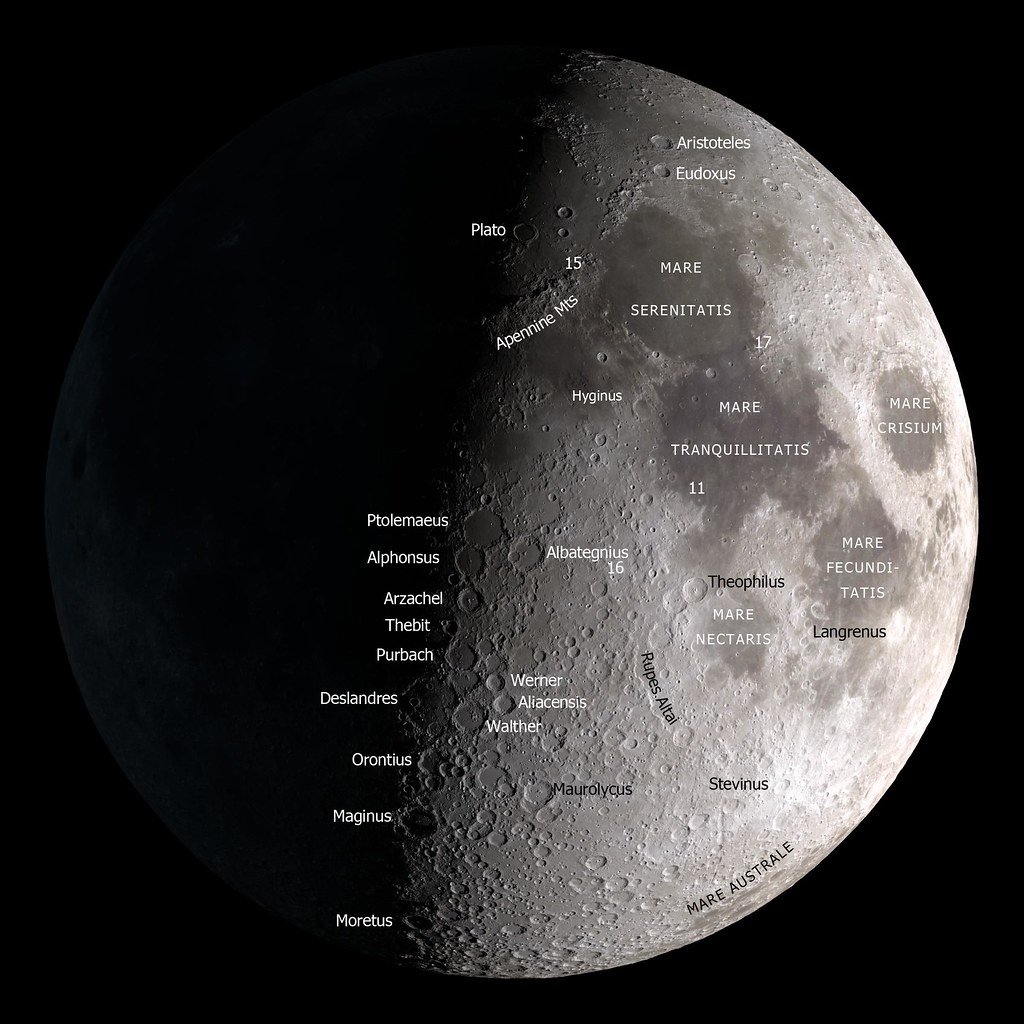
Earth’s internal structure includes a molten outer core and various semi-liquid layers that absorb and redirect seismic energy. This complex internal architecture means that earthquake waves follow predictable patterns as they travel through different materials. The molten layers act as natural shock absorbers, gradually dissipating seismic energy.
The Moon’s interior tells a completely different story. With a much smaller molten core and predominantly solid structure, seismic waves encounter fewer barriers to their propagation. This solid composition allows moonquake energy to travel much farther and last much longer than comparable seismic events on Earth.
Frequency and Magnitude: A Tale of Two Worlds

Earth experiences roughly 500,000 detectable earthquakes annually, with about 100,000 of these strong enough to be felt by humans. The constant movement of tectonic plates ensures a steady stream of seismic activity across our planet. Most earthquakes are relatively small, but the potential for catastrophic events always exists.
Moonquakes occur far less frequently but follow more predictable patterns. The Apollo seismic network detected about 3,000 moonquakes during its operational period, with most being relatively small events. However, the Moon’s lack of atmosphere means that even small moonquakes can trigger massive landslides and rockfalls that would be impossible on Earth.
Seismic Wave Propagation: Speed and Behavior
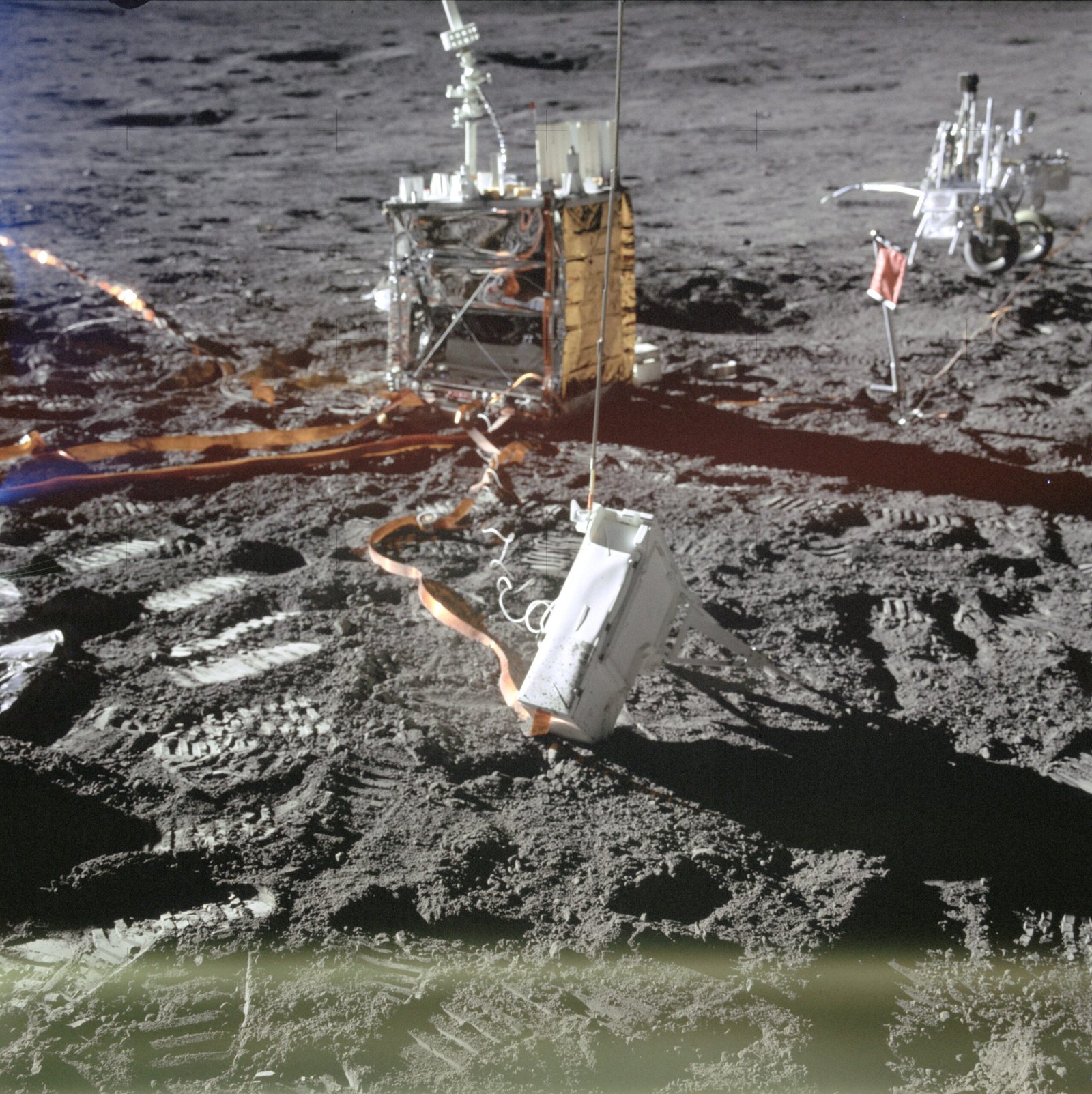
Seismic waves travel through the Moon at different speeds than they do through Earth, revealing crucial information about internal composition. P-waves (primary waves) move faster through the Moon’s denser, more uniform structure, while S-waves (secondary waves) encounter fewer obstacles in their path. This creates distinct seismic signatures that help scientists map the Moon’s interior.
The Moon’s lack of water and complex geological layers means that seismic waves maintain their energy longer and travel farther than on Earth. A moonquake occurring on the far side of the Moon can be detected by instruments on the near side, something that would be impossible with earthquake monitoring on Earth due to our planet’s complex internal structure.
Apollo’s Seismic Legacy: Decades of Lunar Monitoring
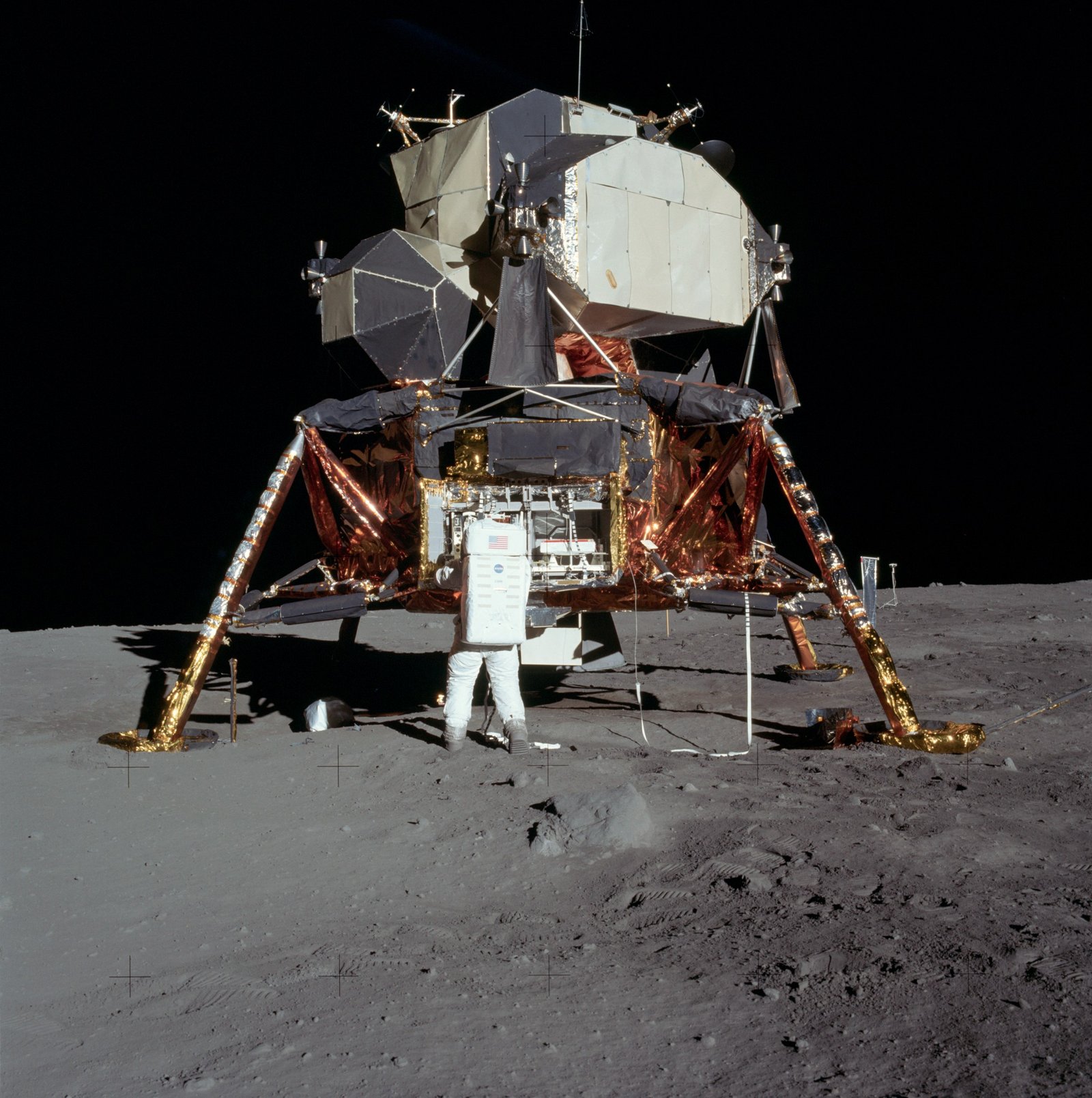
The Apollo missions left behind a network of seismometers that operated from 1969 to 1977, providing humanity’s first detailed look at lunar seismic activity. These instruments detected thousands of moonquakes and revealed the Moon’s internal structure in unprecedented detail. The data collected during this period remains the foundation of our understanding of lunar seismology.
Unlike Earth’s extensive seismic monitoring networks, the Moon’s seismic data comes from just a few strategically placed instruments. This limited coverage means that scientists must be creative in interpreting the available data, using mathematical models and computer simulations to fill in the gaps. The Apollo seismic network’s legacy continues to influence how we study planetary seismology today.
Structural Damage: How Moonquakes Affect the Lunar Surface
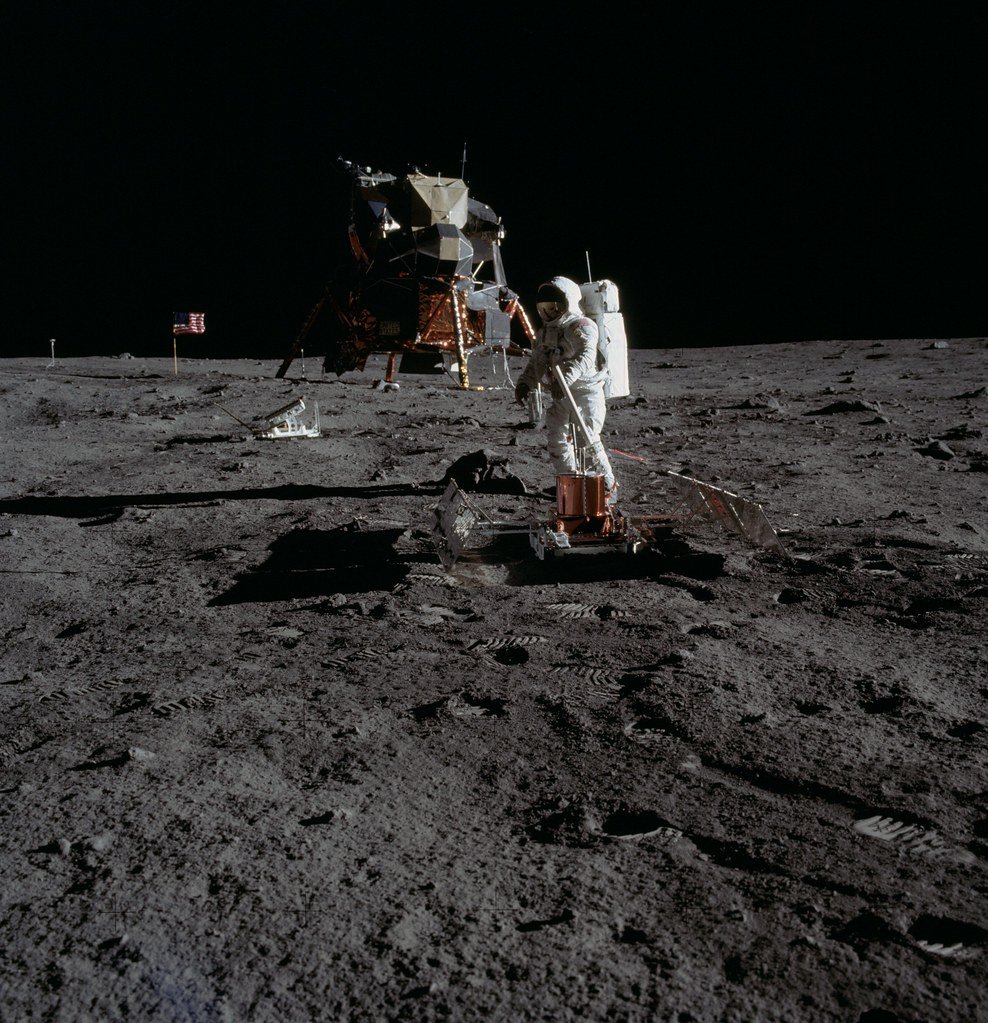
While moonquakes are generally less powerful than major earthquakes, they can still cause significant changes to the lunar landscape. The Moon’s low gravity and lack of atmosphere mean that rockfalls and landslides triggered by moonquakes can travel vast distances before coming to rest. These events reshape crater walls and create new geological features over time.
The Moon’s surface bears the scars of billions of years of moonquake activity. Fresh fault scarps, evidence of recent seismic activity, have been discovered in high-resolution images from lunar reconnaissance missions. These features suggest that the Moon remains seismically active today, challenging earlier assumptions about our celestial neighbor being geologically dead.
Temperature’s Role in Seismic Activity
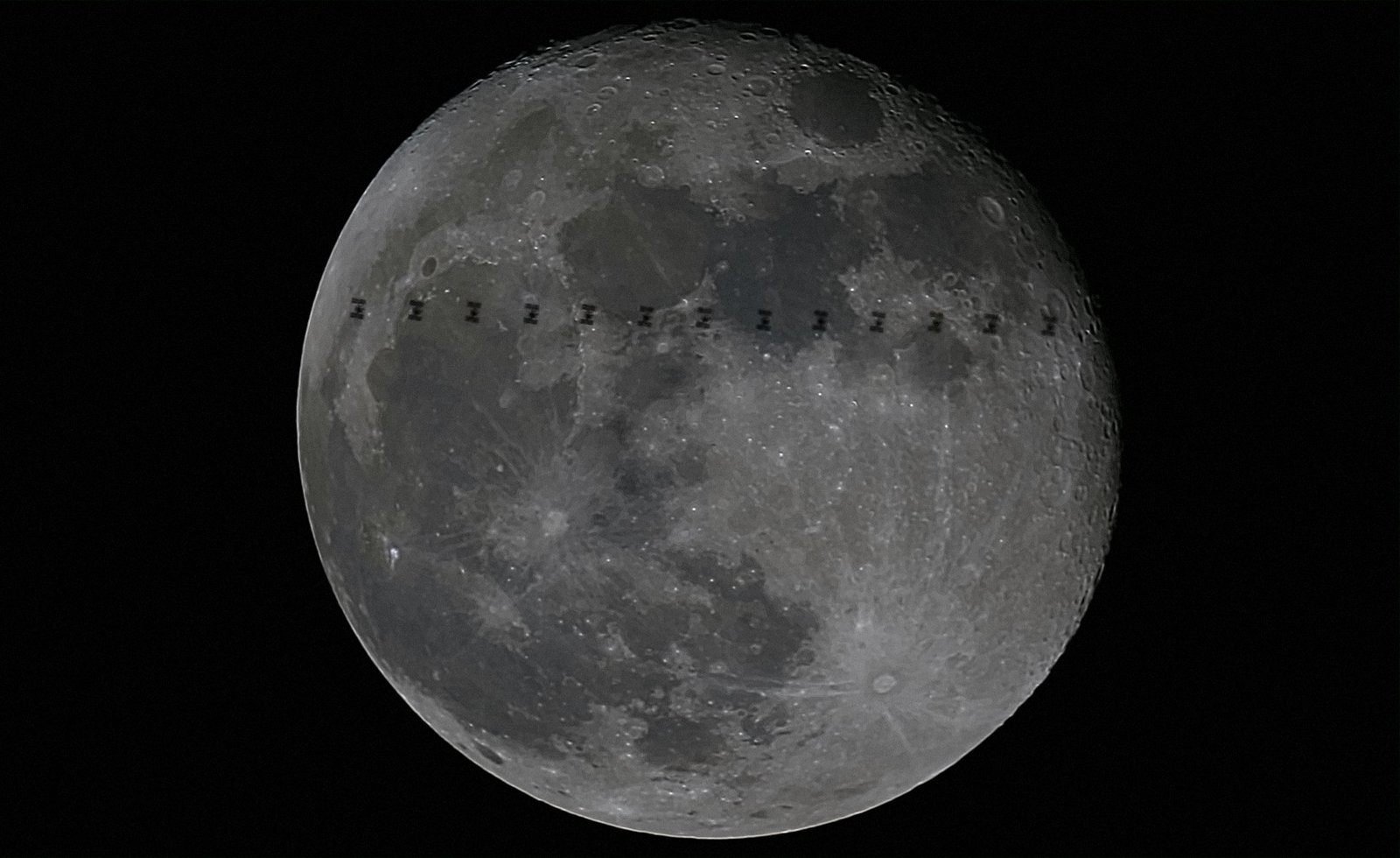
Temperature plays a fundamentally different role in lunar seismology compared to terrestrial earthquakes. On Earth, temperature variations rarely directly cause significant seismic activity, though they can influence the behavior of fault systems. The Moon’s extreme temperature swings, however, are a primary driver of seismic activity.
As the lunar surface heats up during the day, rocks expand and create stress fractures. When the temperature drops during the lunar night, these same rocks contract, often triggering small moonquakes. This thermal cycling creates a predictable pattern of seismic activity that correlates directly with the Moon’s day-night cycle, something completely absent from Earth’s seismic patterns.
The Moon’s Mysterious Ringing Effect
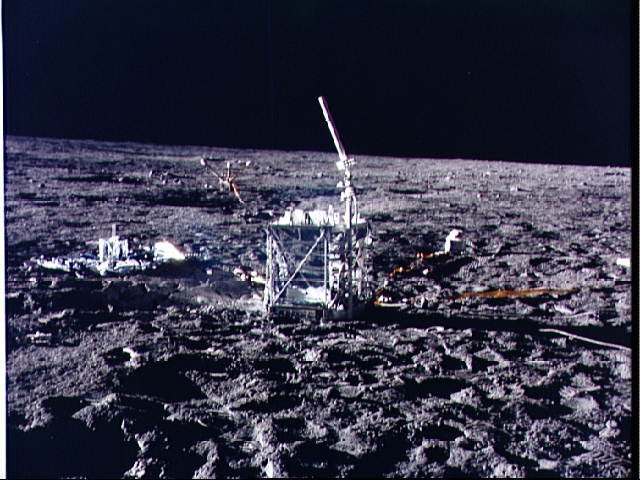
Perhaps the most peculiar aspect of moonquakes is the Moon’s tendency to “ring” after being struck by seismic energy. This phenomenon, first discovered during the Apollo missions, occurs because the Moon’s internal structure lacks the complex dampening mechanisms found on Earth. When seismic waves travel through the lunar interior, they encounter fewer barriers and continue bouncing around for extended periods.
Scientists have compared this effect to striking a bell in a vacuum – the vibrations continue much longer than they would in air. This ringing effect has provided valuable insights into the Moon’s internal composition and structure, revealing details about its core, mantle, and crust that would be impossible to determine through other means.
Future Implications for Lunar Exploration
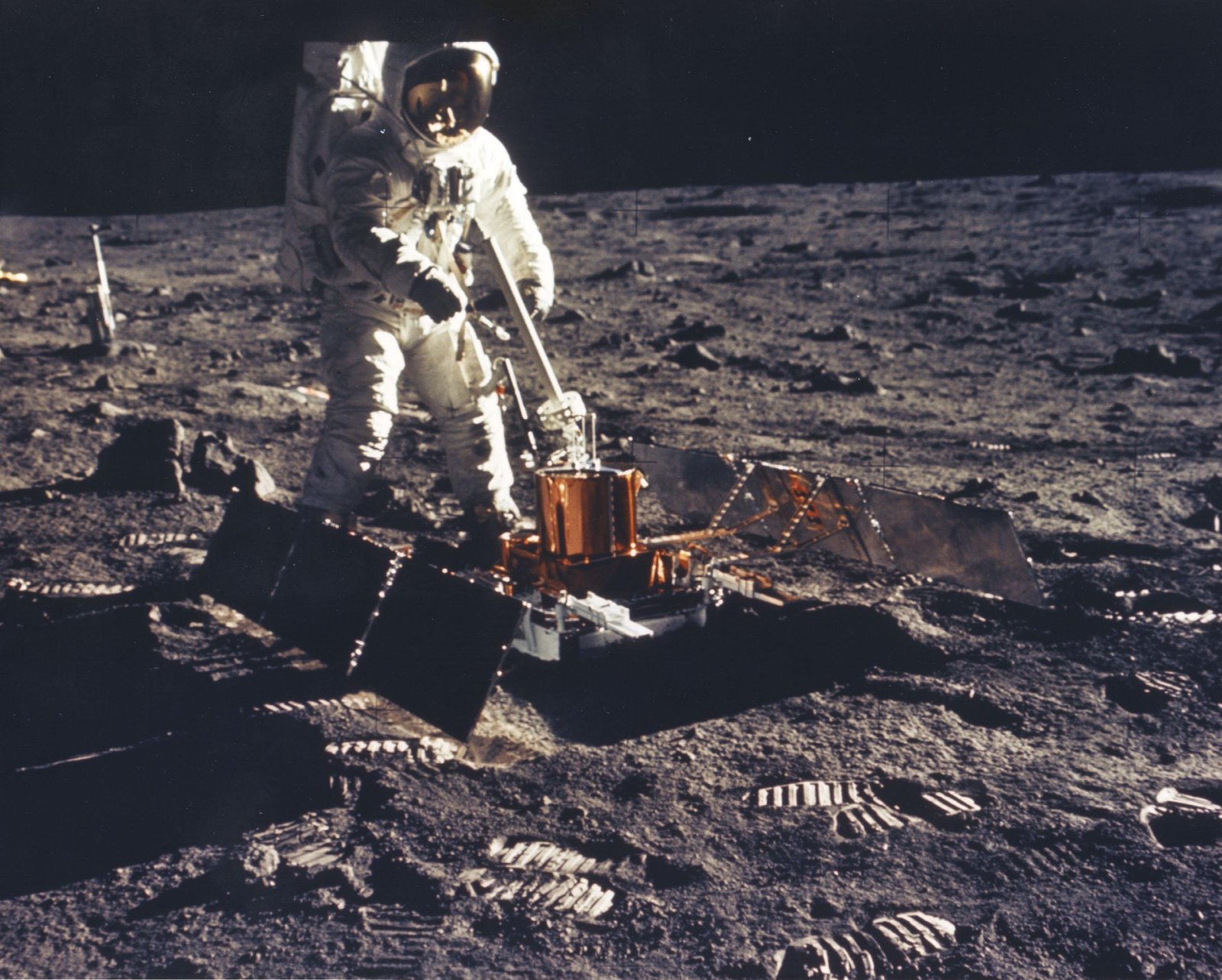
Understanding moonquakes becomes increasingly important as humanity plans return missions to the Moon. Future lunar bases and habitats will need to be designed to withstand the unique seismic environment of our celestial neighbor. The predictable nature of some moonquakes offers advantages for engineering, while their extended duration presents new challenges.
Engineers planning lunar infrastructure must consider the Moon’s seismic activity in their designs. Unlike Earth-based structures that need to withstand brief but intense shaking, lunar buildings must be designed to endure prolonged periods of gentle vibration. The Moon’s low gravity and lack of atmosphere also mean that moonquake-triggered debris can travel much farther than on Earth.
Comparing Seismic Monitoring Technologies
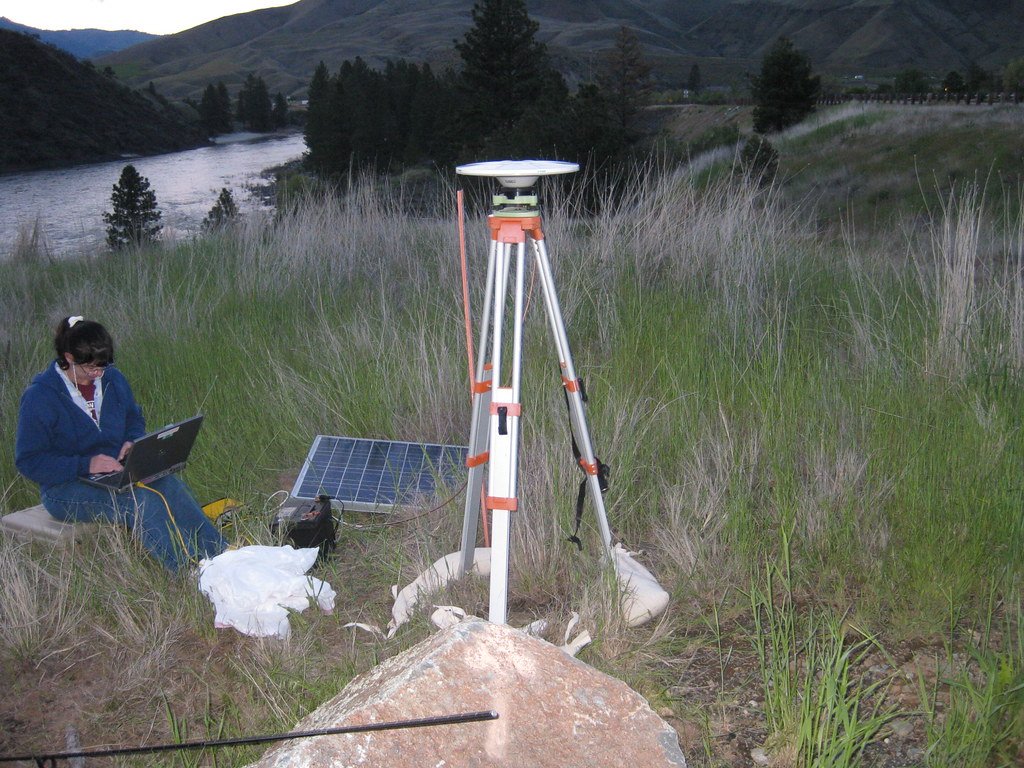
Earth’s seismic monitoring relies on thousands of stations worldwide, creating a comprehensive network that can pinpoint earthquake locations within minutes. This vast infrastructure allows scientists to track seismic activity in real-time and issue warnings for potentially dangerous events. The technology has evolved to include ocean-bottom seismometers and satellite-based monitoring systems.
Lunar seismic monitoring, by contrast, relies on a handful of instruments deployed during the Apollo era and more recent orbital missions. Future lunar exploration will likely include new seismic monitoring networks, but the challenges of operating equipment on the Moon’s surface make this far more difficult than terrestrial monitoring. The extreme temperatures and lack of atmosphere pose unique engineering challenges for sensitive seismic instruments.
Scientific Insights from Comparative Seismology
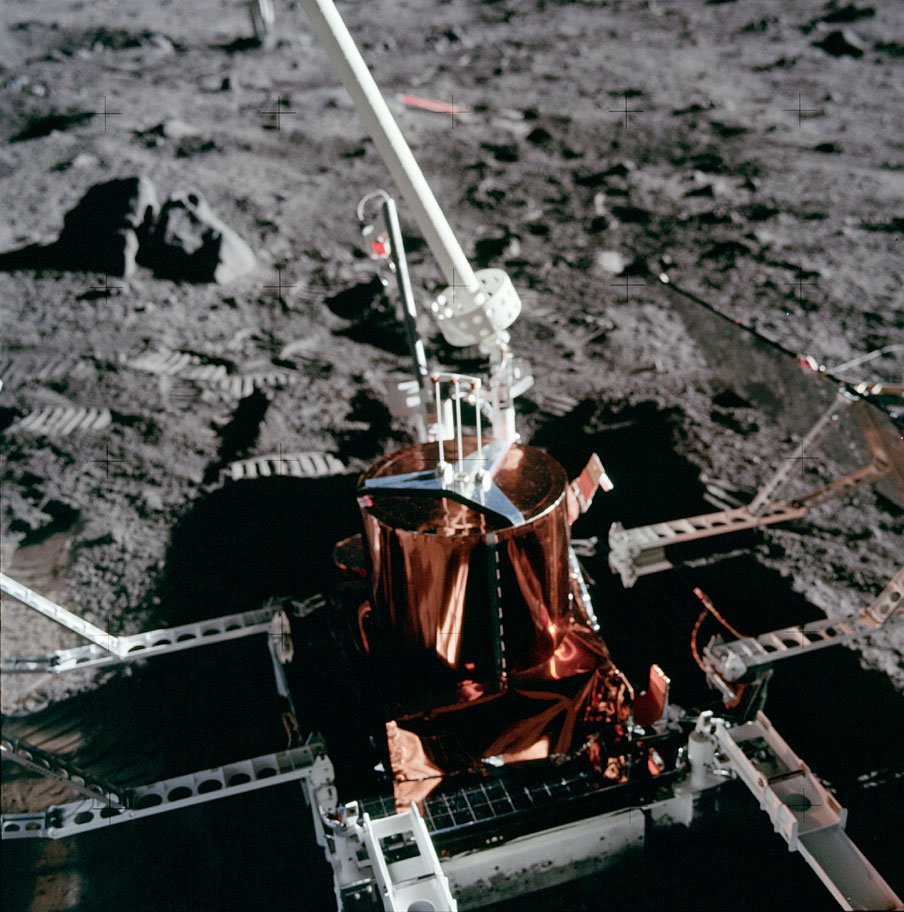
Studying moonquakes alongside earthquakes has revolutionized our understanding of planetary seismology. The comparison reveals how different planetary conditions create unique seismic signatures, helping scientists interpret seismic data from other worlds. Mars, for example, shows seismic characteristics that fall somewhere between Earth and Moon patterns.
This comparative approach has practical applications beyond pure science. Understanding how seismic waves behave in different planetary environments helps engineers design better structures for space exploration and provides insights into the formation and evolution of rocky planets throughout the solar system. The Moon serves as a natural laboratory for studying seismic processes in extreme environments.
The Role of Gravity in Seismic Behavior
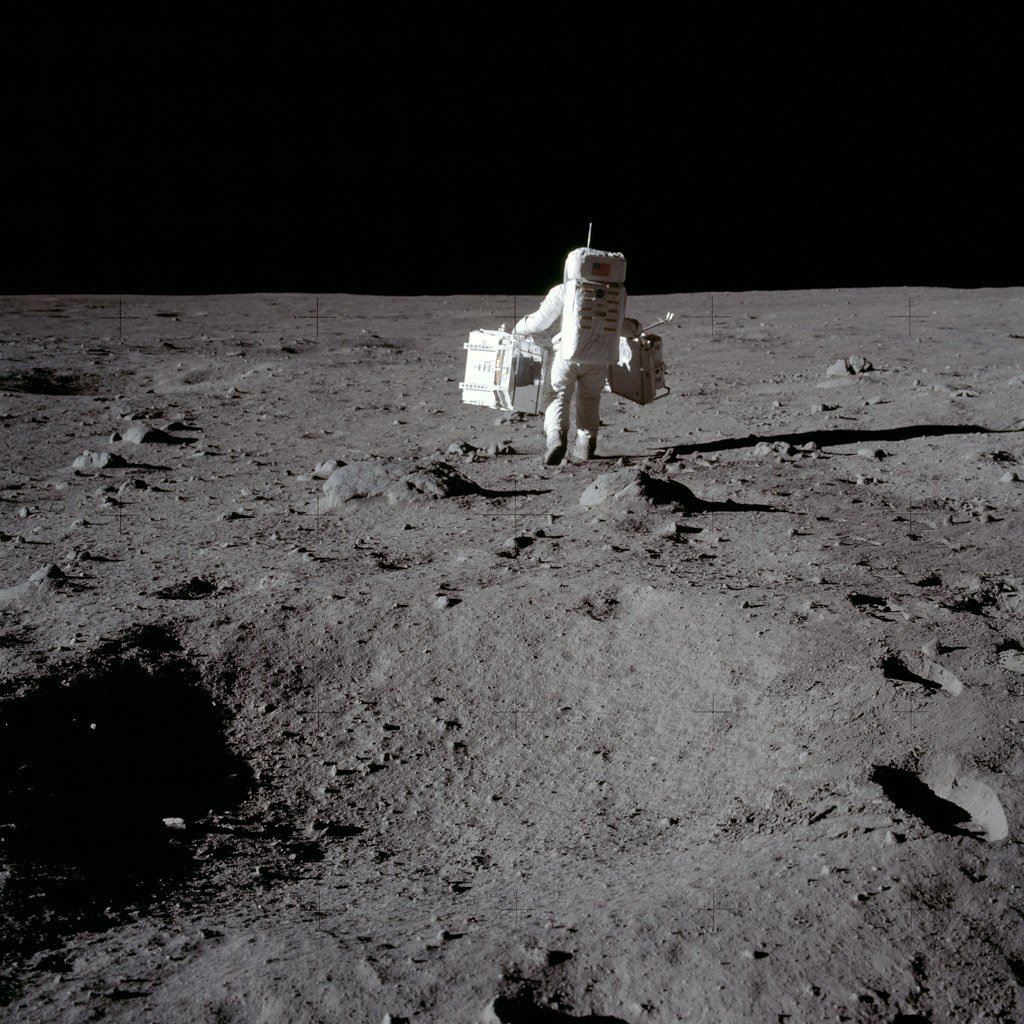
The Moon’s gravity, roughly one-sixth that of Earth, fundamentally changes how seismic energy propagates and how surface materials respond to shaking. Lower gravity means that moonquake-triggered rockfalls can travel much farther and create different patterns of debris distribution. This affects everything from crater formation to the long-term evolution of the lunar landscape.
Gravity also influences the internal structure of planetary bodies, affecting how seismic waves travel through different layers. The Moon’s lower gravity allowed it to maintain a more uniform internal structure compared to Earth, where higher gravity creates more pronounced differentiation between layers. This difference is clearly visible in seismic wave patterns recorded by monitoring instruments.
Moonquakes as Windows into Lunar History
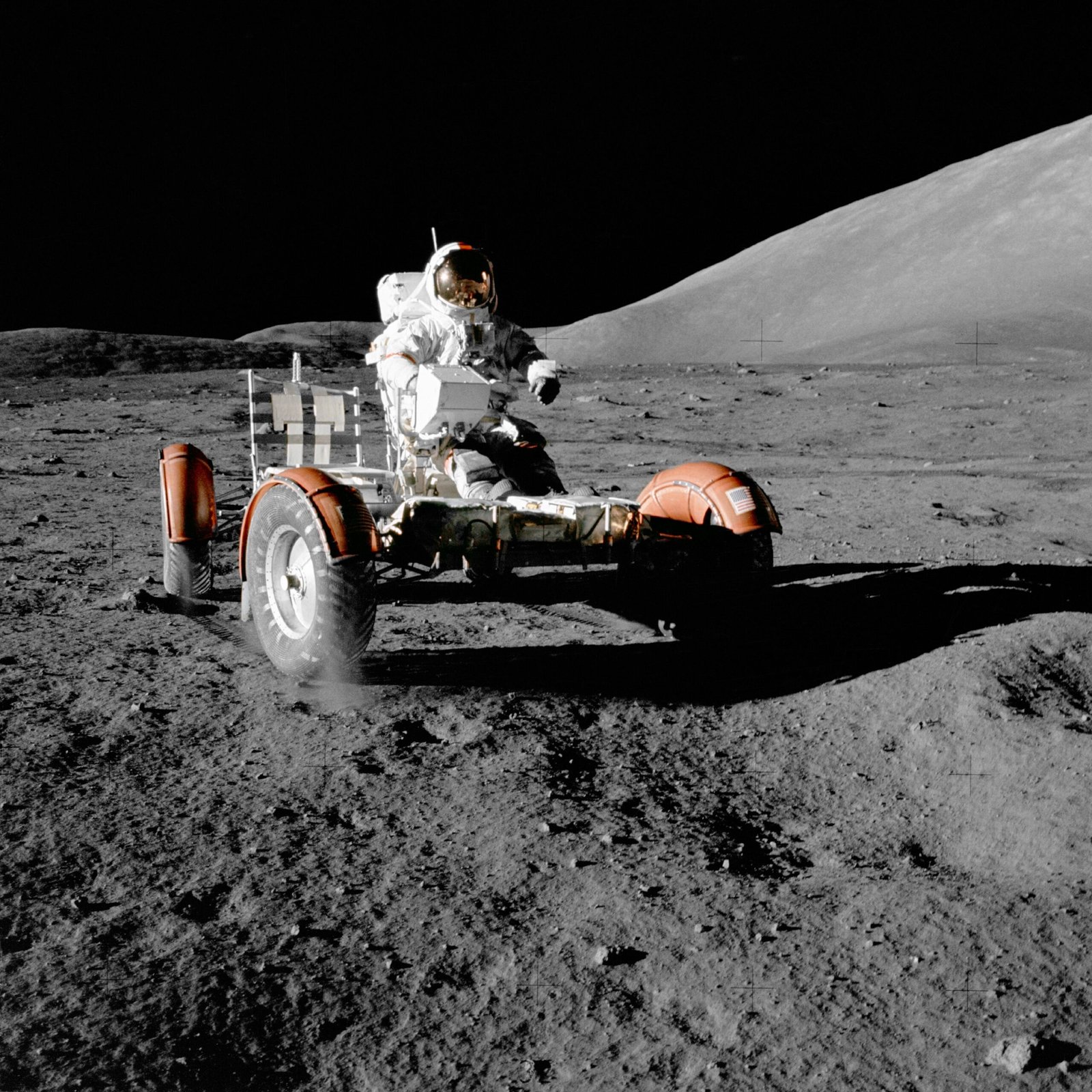
Every moonquake tells a story about the Moon’s past and present. Deep moonquakes reveal information about the Moon’s formation and early history, while shallow thermal moonquakes provide insights into current surface conditions. Impact moonquakes help scientists understand the rate of cosmic bombardment and the Moon’s role as Earth’s protective shield.
The patterns of moonquake activity also reveal how the Moon has evolved over billions of years. Changes in the frequency and characteristics of different types of moonquakes provide clues about the Moon’s cooling history and its gradual transformation from a geologically active world to its current state. This historical perspective is impossible to obtain from earthquake studies alone.
The fundamental differences between moonquakes and earthquakes reveal just how much planetary environment shapes geological processes. While earthquakes result from active tectonic processes in a dynamic, living world, moonquakes represent the subtle but persistent forces acting on a seemingly quiet celestial body. The Moon’s seismic activity continues to surprise scientists with its complexity and persistence, reminding us that even in the apparent stillness of space, powerful forces are constantly at work. Understanding these differences not only advances our scientific knowledge but also prepares us for the challenges of exploring and potentially inhabiting other worlds. What other secrets might the Moon’s gentle trembling reveal about the cosmic forces that shape our solar system?

